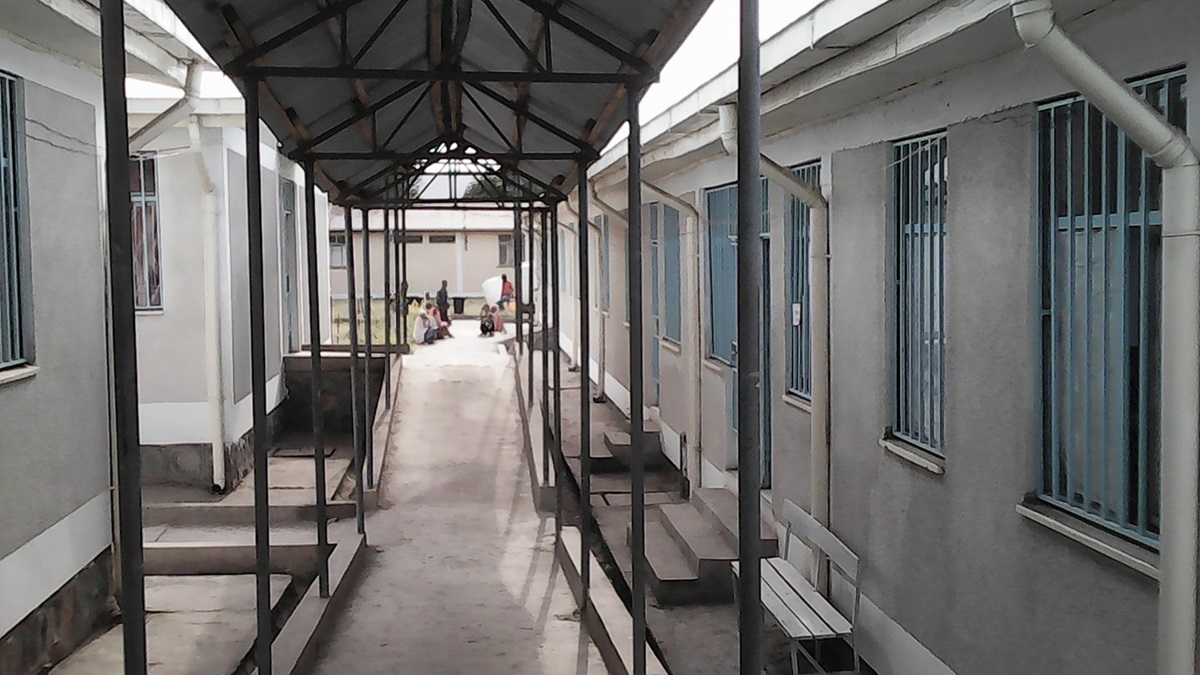News: Armyworms spread to seven zones, three special woredas in SNNP state, cover more than 334 ha land

Addis Abeba – The Southern Nations, Nationalities and People’s Region (SNNPR) Agriculture Bureau said the new arrivals of armyworms have settled on, and affected 334,760 hectares of land in seven zones and three special woredas of the state.
SNNP regional state Agriculture Bureau Crop Development and Protection Director, Wondimagegne Hailemariam, said that in addition to the seven zones, three special woredas of the state have been affected by the spread.
This came two weeks after the influx of Armyworm migrants devoured more than 3,000 hectares of crops in Ethiopia’s Southwest Regional State. The region’s agriculture bureau said that the spread had caused damages on 3,363 hectares of land in four zones of the state: Bench Sheko, West Omo, Konta and Dawro Zones; of these zones, the damage in Bench Sheko zone was registered as severe.
The ongoing outbreak affected farmlands belonging to 28, 219 farmers, of whom 26,953 are men and 3,158 are women farmers.
Now the influx has spread to seven zones the SNNP regional state, Wondimagegn said. They are: South Omo, Gamo, Konso, Gofa, Kambata Tambaro, Silte and Gedeo zones. Further more, three special woredas in the region: Derashe, Ale and Basketo, are also affected by the spread.
However, both regional states did not clarify if the variety is the fall armyworm (FAW), known by its scientific name “Spodoptera frugiperda.” Although a separate statement from the Southwest Regional State Communication Bureau two weeks ago referred to the pests as “African Armyworm,” so far there is no statement issued from the federal government on the classification of the armyworm.
FAW was “first reported on the African continent in early 2016.” The UN’s Food and Agriculture Organization (FAO) Ethiopia office said in 2017 that, after it first appeared in the last week of February 2017, the disease had infested “approximately a quarter of the 2.6 million hectares of land planted with maize.”
Wondimagegn of the SNNP said that the ongoing outbreak appeared on 322,204 hectares of sugarcane plantation in the seven zones of the state, affecting farmlands belonging to 28, 219 farmers, of whom 26,953 are men and 3,158 are women farmers.
Pest control work has been carried out by the bureau on areas covering 10,73 hectares of land, Wondimagegn said adding that 4,556 liters of liquid pesticides have been sprayed on a total of 4,556 hectares of land, whereas works of clearing by the community were conducted on 5,517 hectares of land.
However, due to the uneven rain patterns seen during this Belg season (the small rainy season) Wondmagegne said the weather pattern has created favorable condition for the spread of the armyworms, especially in the dry lowlands areas of the region.
He cautioned that the monitoring and control of the spread to more areas should be intensified, including using traditional methods of prevention. AS








